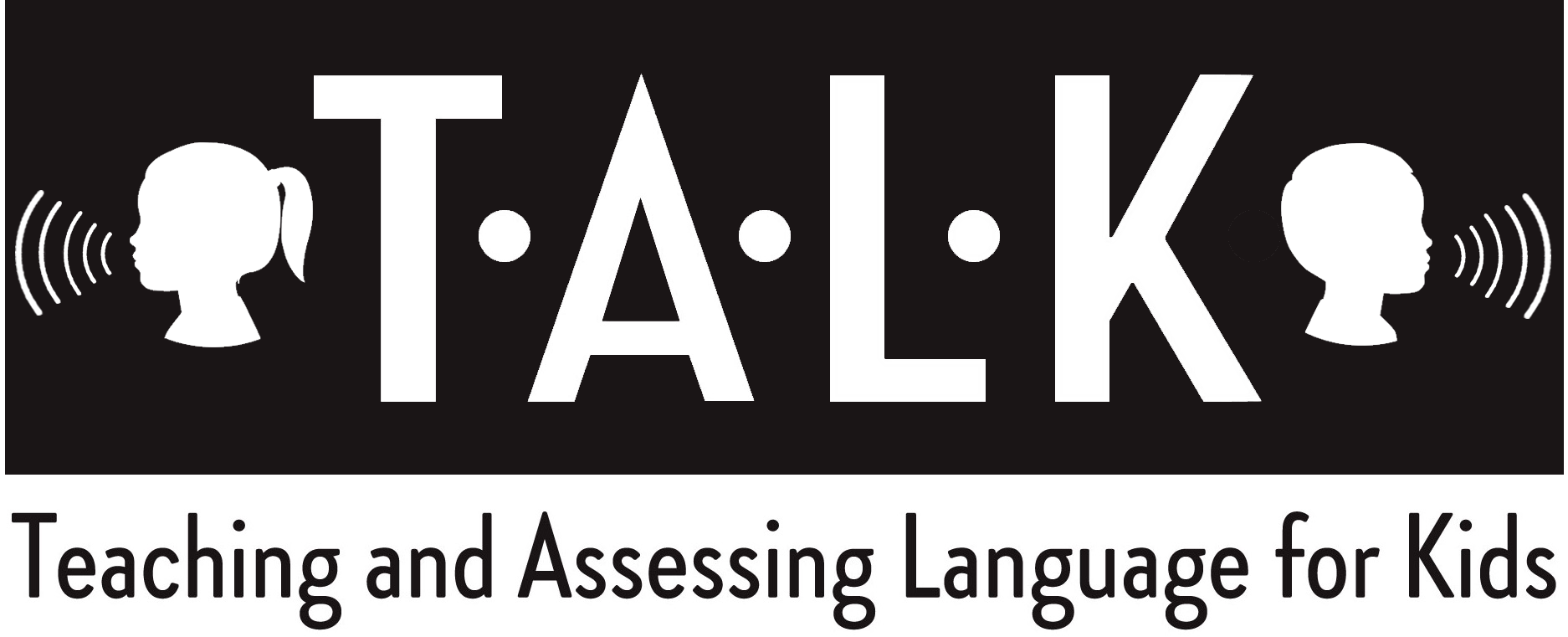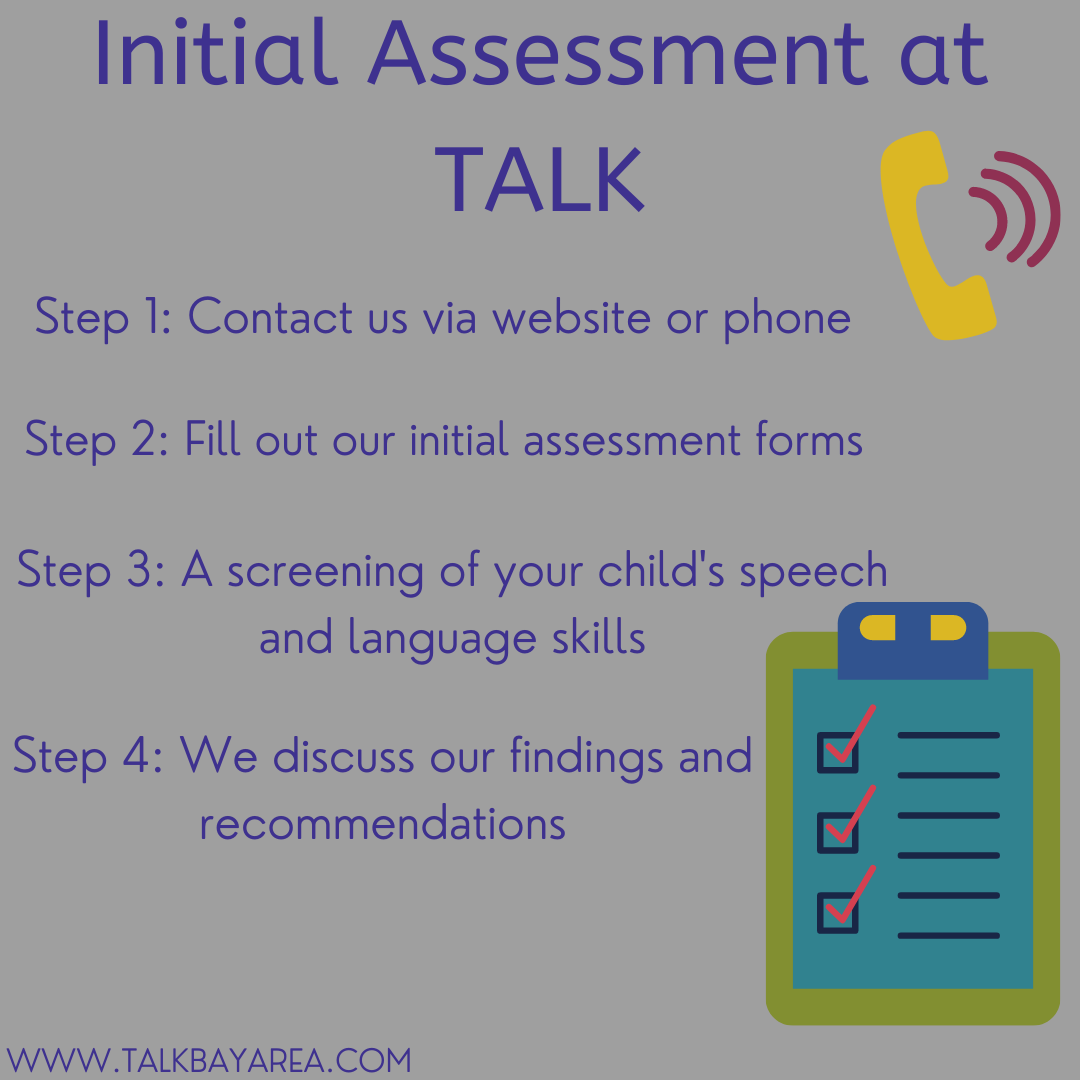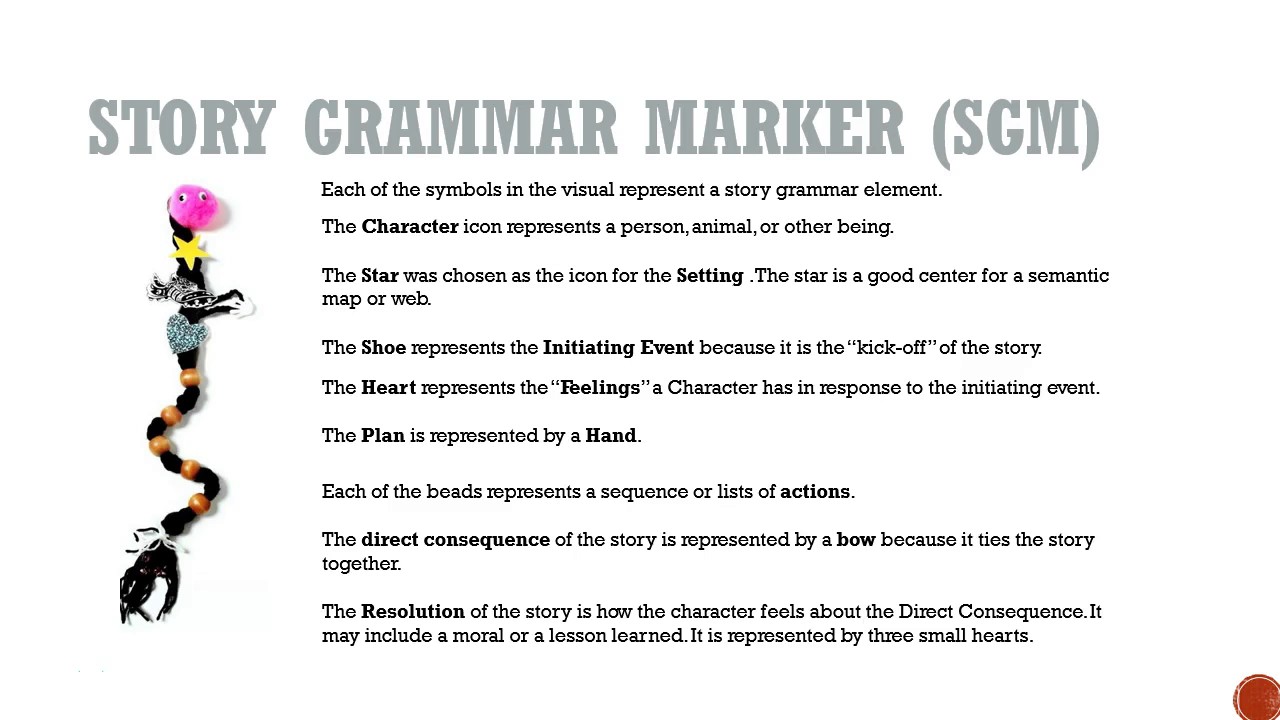Phonological awareness is the explicit understanding of a word’s sound structure. This understanding allows for children to be able to hear, identify and manipulate speech sounds in words (blending individual sounds into a word or breaking apart a word into its individual sounds). The title Phonological Awareness encompasses a variety of skills from rhyme identification and production, to sound isolation (“What is the first sound in ‘bat’?”), segmentation (“What are the sounds in the word ‘mop’?” → m-o-p), blending (“Tell me what word these sounds make ‘s-u-n’”), and substituting (“What do you get when you replace the ‘p’ in ‘pat’ with an ‘m’?”).
Why is it important?
Phonological awareness is an early predictor of a child’s reading and writing success. This foundational skill is essential for the efficient decoding of printed words and the ability to form connections between sounds and letters when spelling.
How can you work on Phonological Awareness with your child?
Rhyming – reading stories with rhymes or listening to songs with rhymes. These activities call attention to relationships between words and the sounds they share. See if your child can fill in the rhyme given a pause.
Play time – use preferred toys to ‘assemble’ words (e.g. train cars, blocks). Once assembled they can then be used to isolate, segment, blend, and even substitute sounds within the built word.
Word games – can be played at home, or even in the car. “I-spy: something that starts with a “k” sound, what is it?”
You can be silly and make it fun for your child by making up nonsense words, substituting a sound in one word to make another funny word, or even allowing your child to complete a rhyming sentence with a rhyme word of their choice (think Mad Libs, but with rhymes).
The most important thing is to have fun. Play with the building blocks of spoken language and see where it leads you and your child!











































